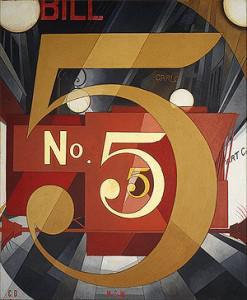 A friend recently lent me her copy of David Orr’s The Nature of Design. I read and reviewed his 1994 book, Earth in Mind several months back. In the first few chapters there were a number of interesting facts. I culled a few from Earth in Mind for a past Five Friday Facts and noted that some of the data was dated. The Nature of Design was published in 2002, so the figures may not be as accurate now, though many still hold. Orr’s data deals largely with rates of consumption and our impact on resources.
A friend recently lent me her copy of David Orr’s The Nature of Design. I read and reviewed his 1994 book, Earth in Mind several months back. In the first few chapters there were a number of interesting facts. I culled a few from Earth in Mind for a past Five Friday Facts and noted that some of the data was dated. The Nature of Design was published in 2002, so the figures may not be as accurate now, though many still hold. Orr’s data deals largely with rates of consumption and our impact on resources.
- At the most basic level, humans need 2,200-3,000 calories* per day depending on body size and activity level.
- The average citizen of the United States now uses some 186,000 calories** of energy each day, most of which is derived from oil and coal.
- By one count we waste more than 1 million pounds of materials per person per year.
- For every 100 pounds of product, we create 3,200 pounds of waste.
- Measured as an “ecological footprint” (i.e., the land required to grow our food, process our organic wastes, sequester our carbon dioxide, and provide our material needs), the average North American requires some 5 hectares of arable land per person per year. But at the current population level, the world only has 1.2 hectares of useable land per person. (For comparison sake, here is some old data – 2002 like Orr’s book – from my teaching days: One American consumes as much as 2 Germans, 7 Syrians, 12 Colombians, 26 Indians, 93 Haitians, or 324 Ethiopians.)
*For those who haven’t taken a science class in a few years, a calorie (technically a Calorie) is the amount of energy required to raise the temperature of one kilogram of water by one degree Celsius. By burning the item (doughnut, hamburger, or wood), the energy released heats up water.
**Calories are a unit of measure for energy, though we typically only think about them in regards to food. It may not mean a whole lot, but it gives a starting point.
Image source: Metropolitan Museum of Art

